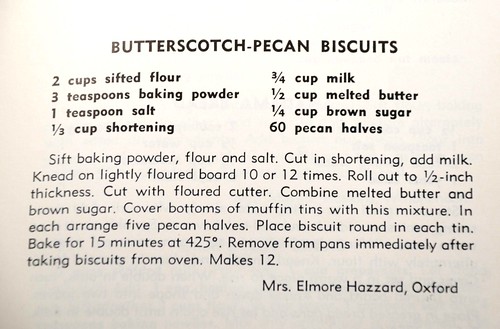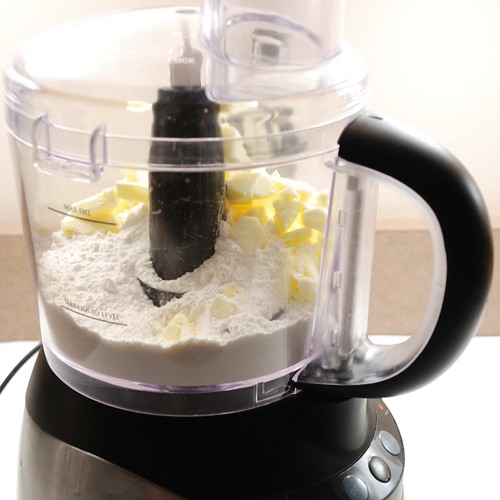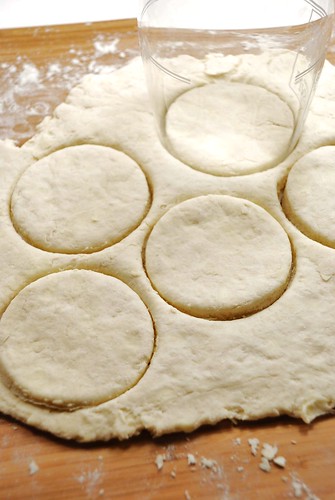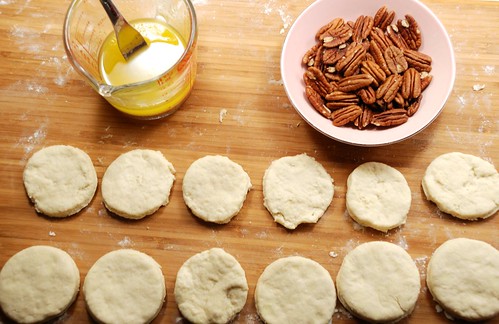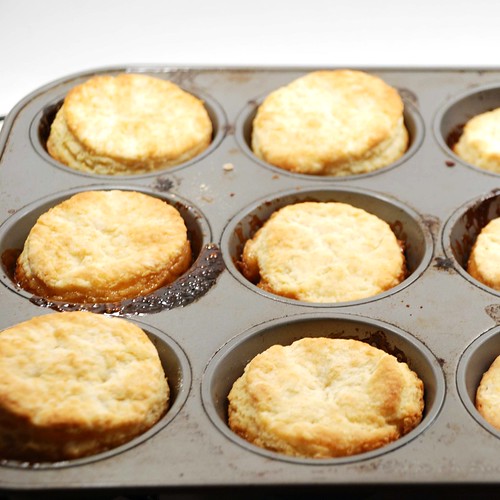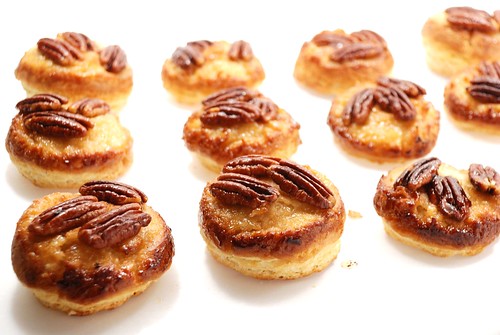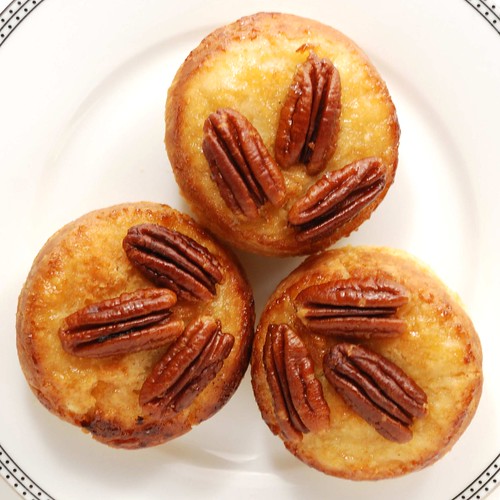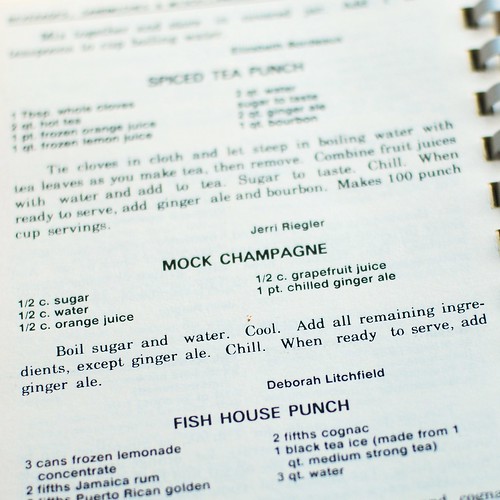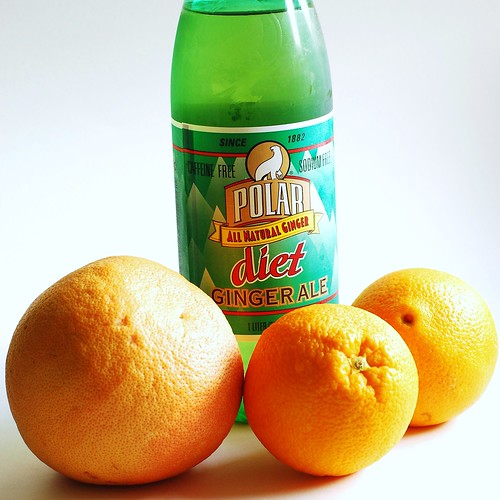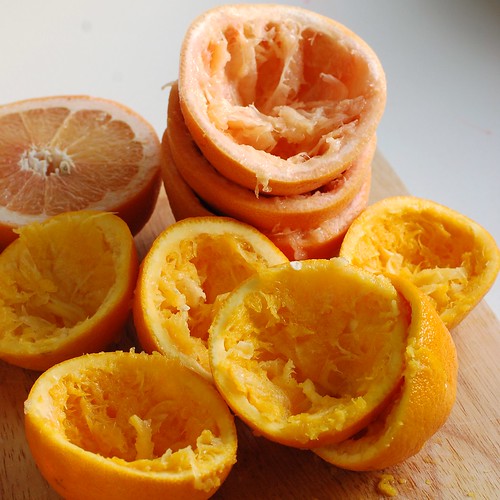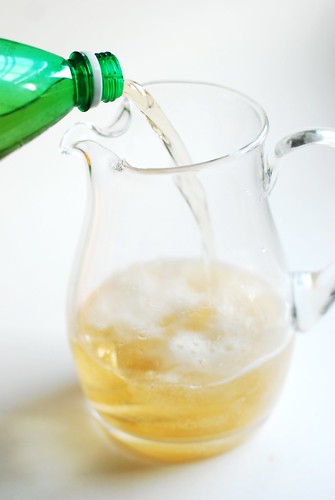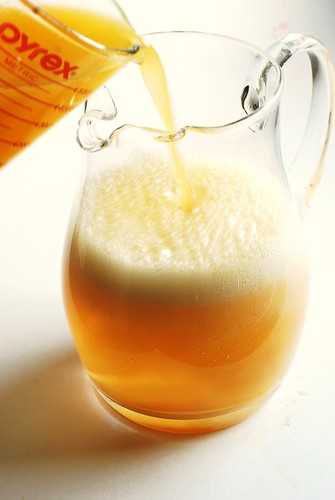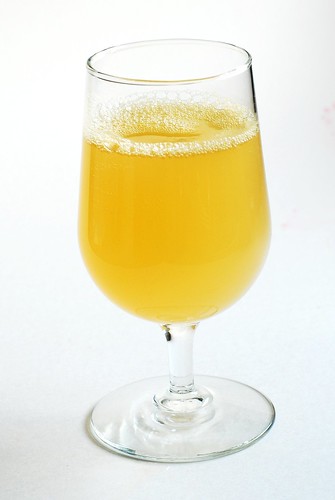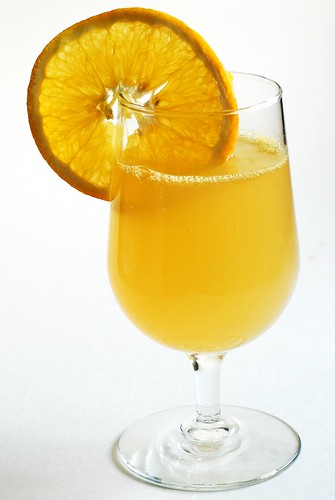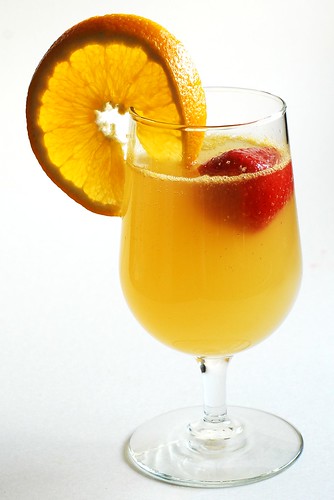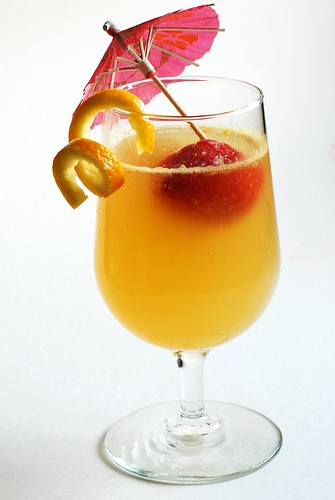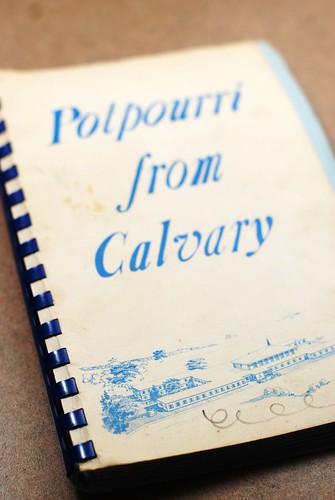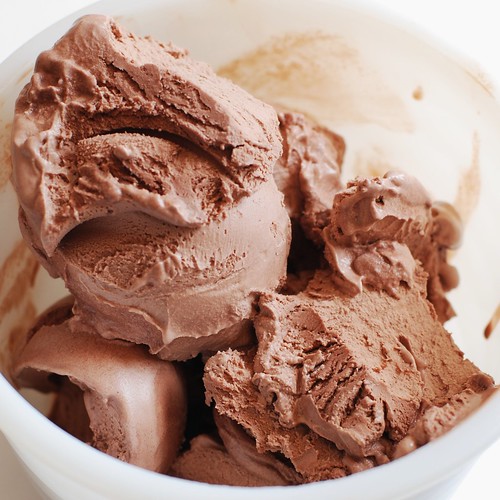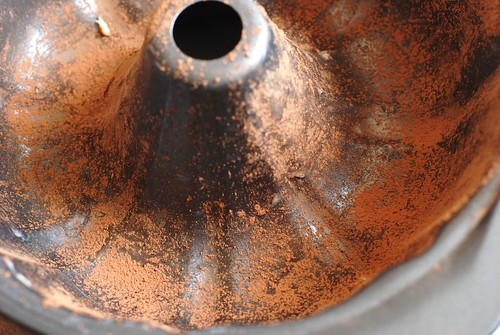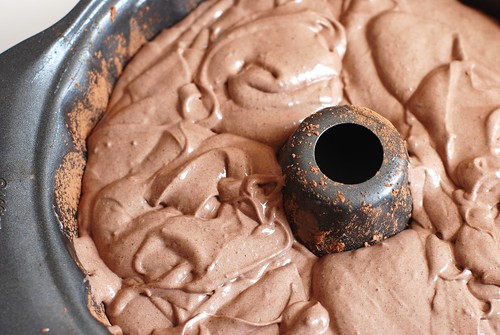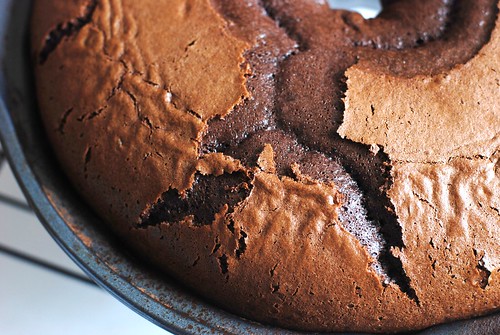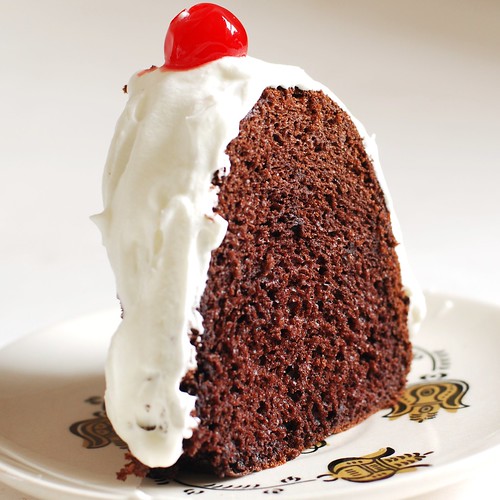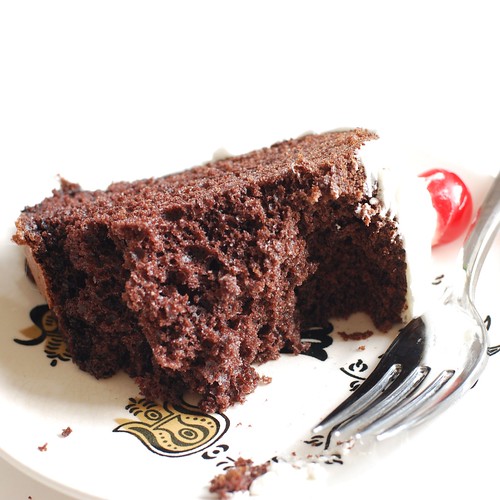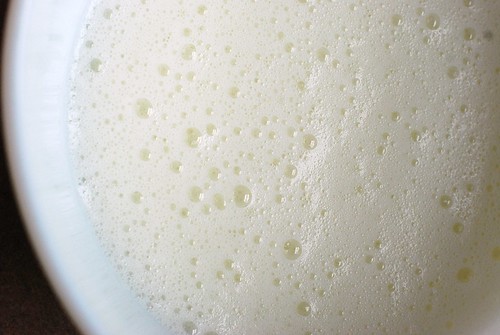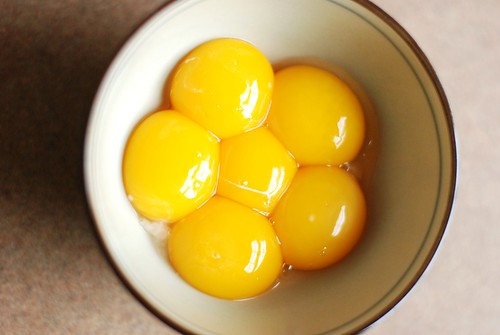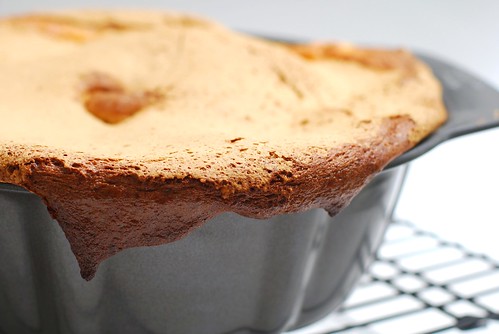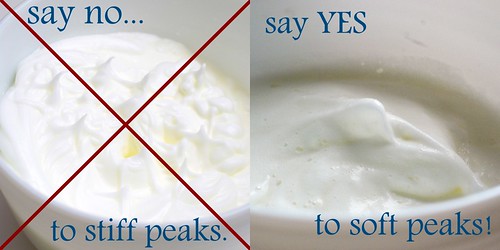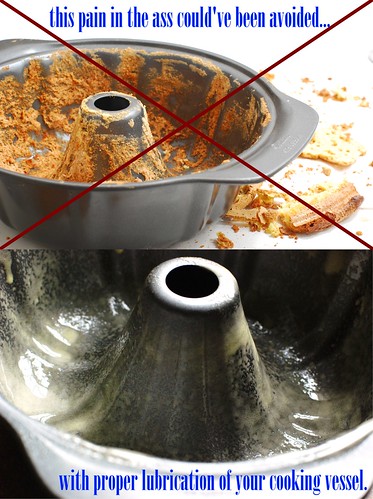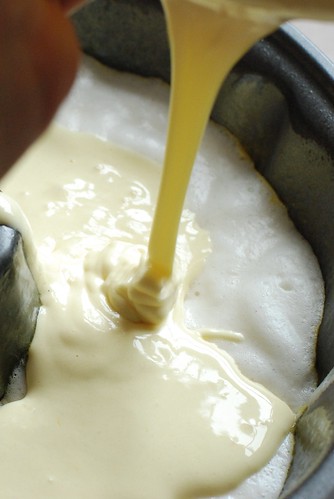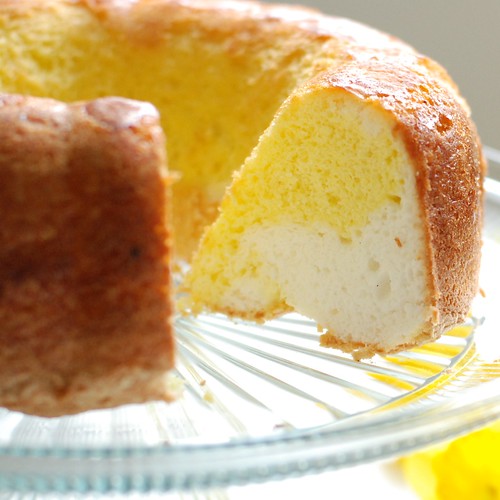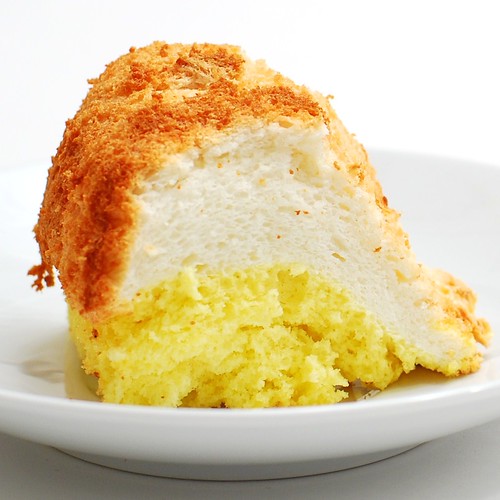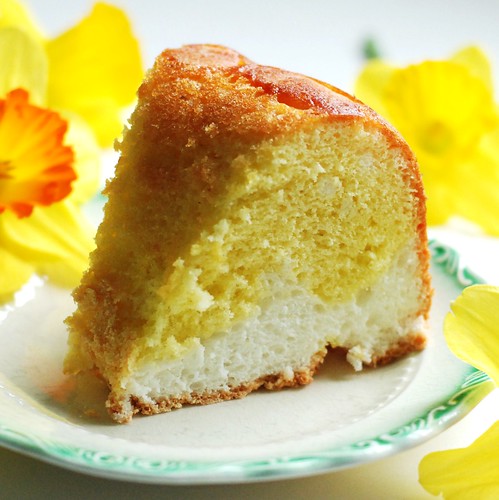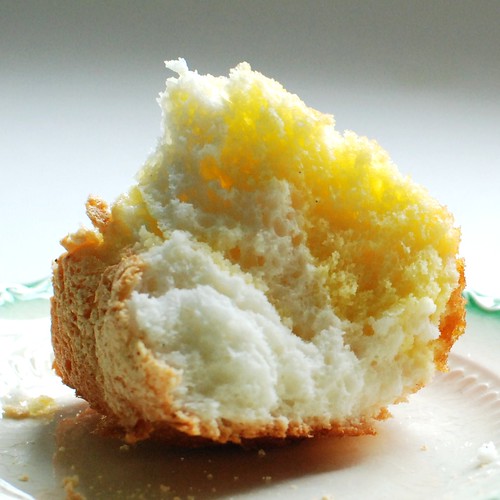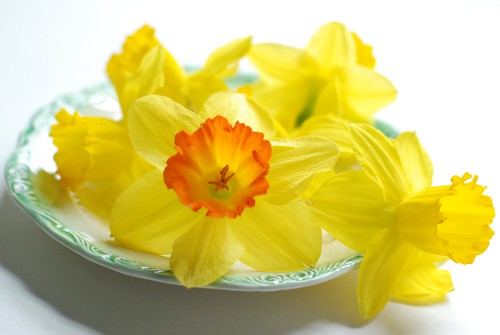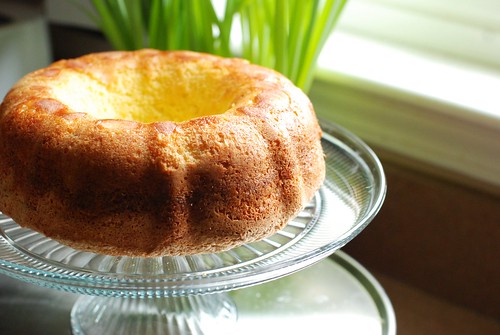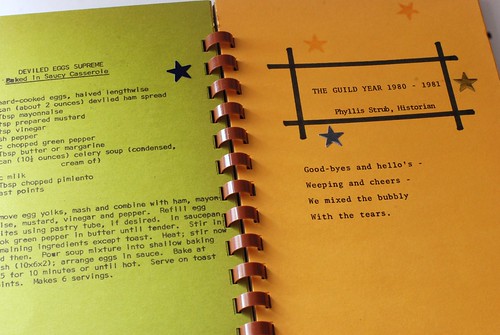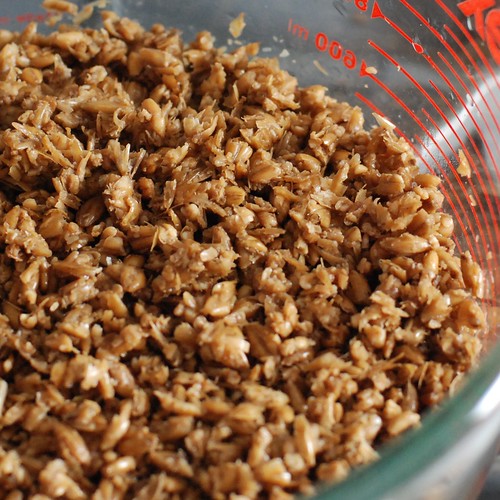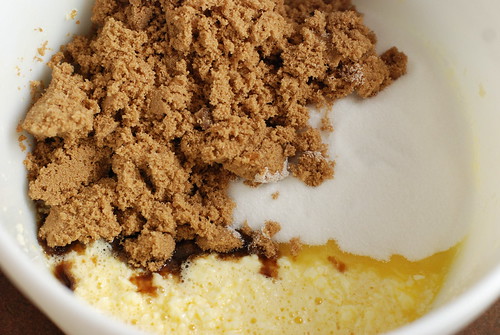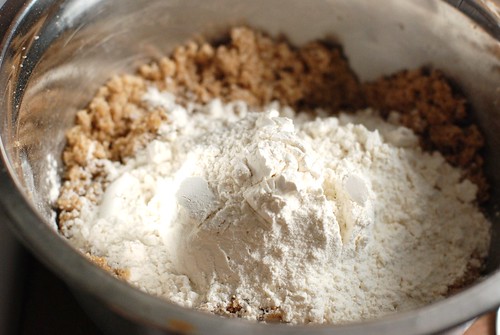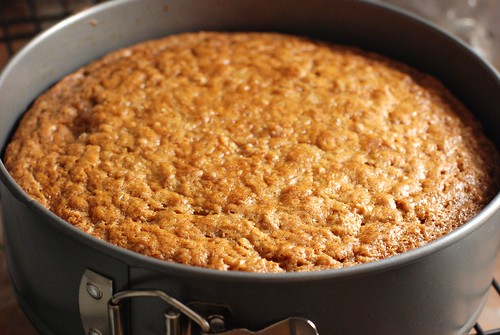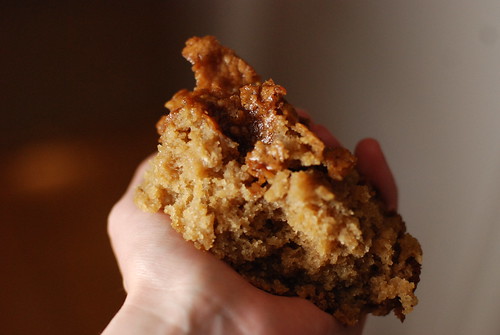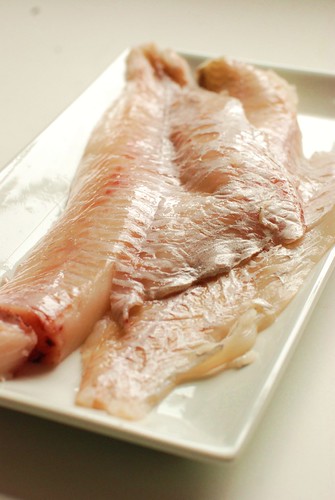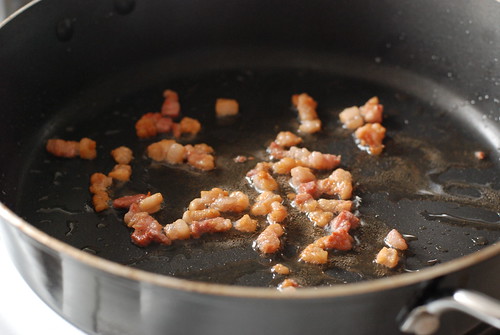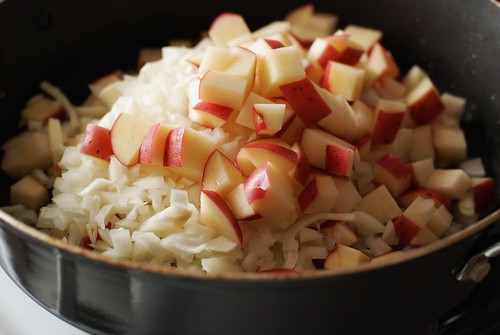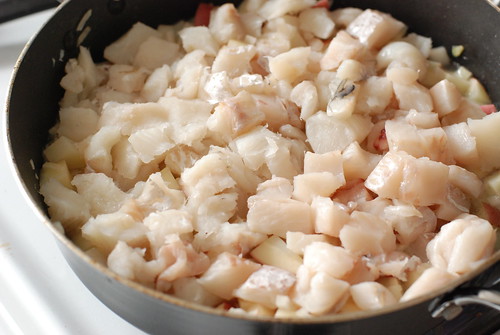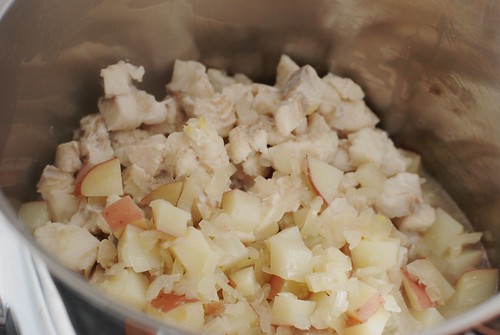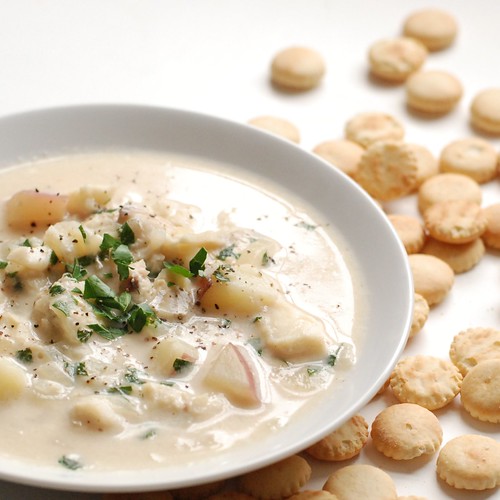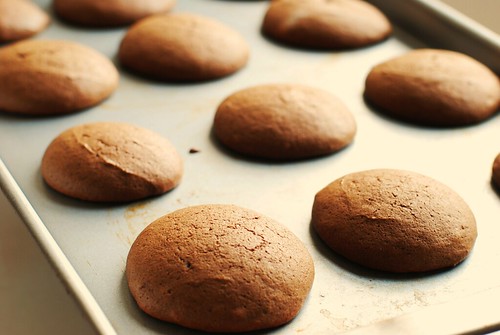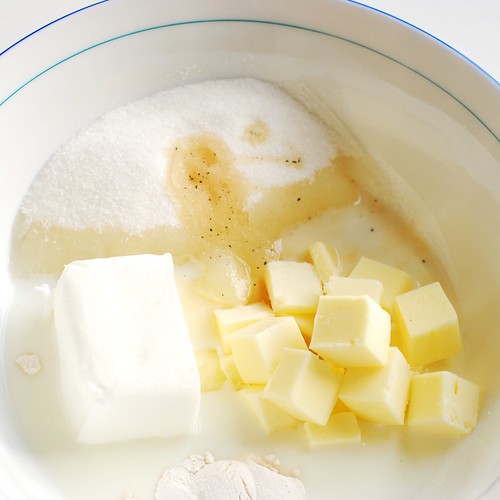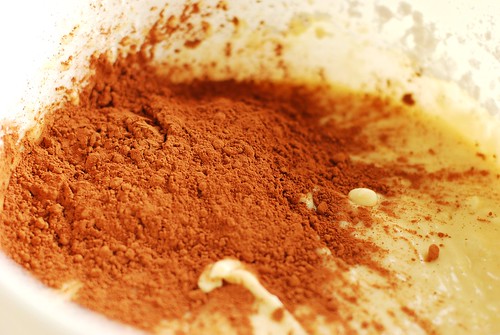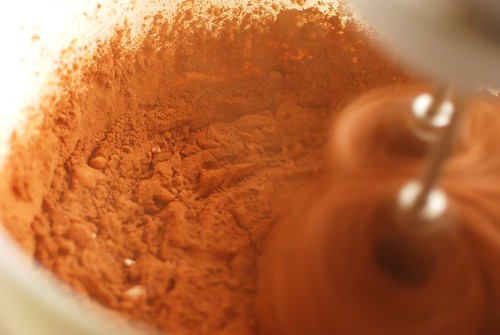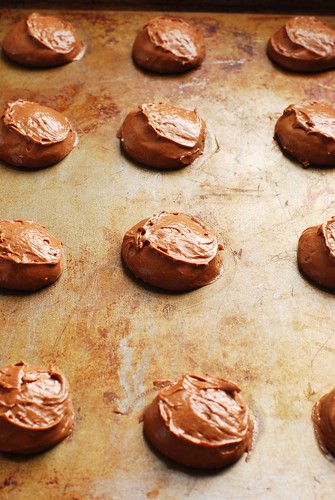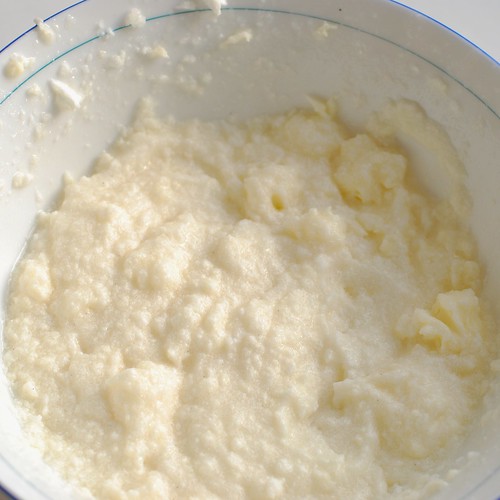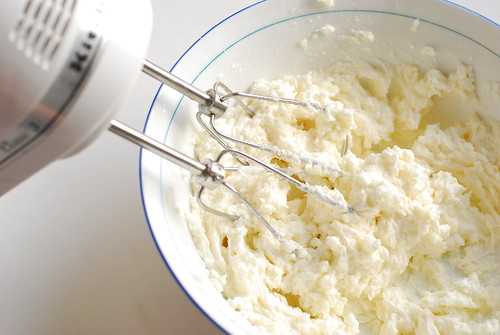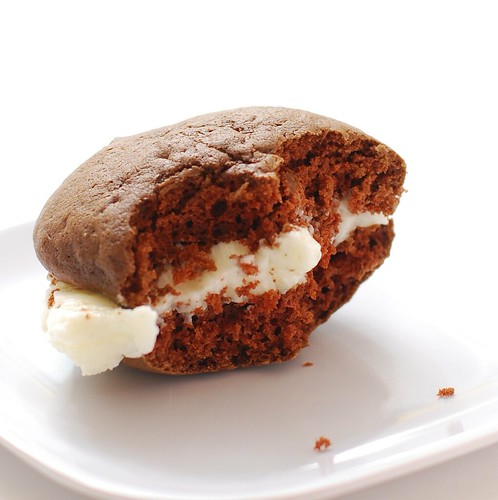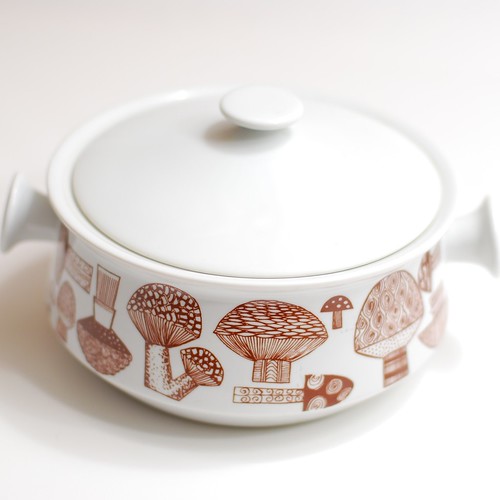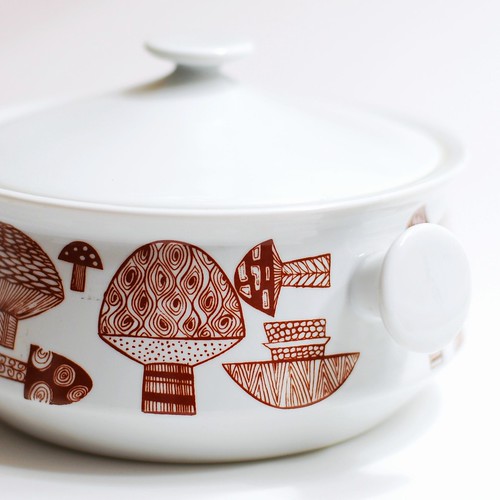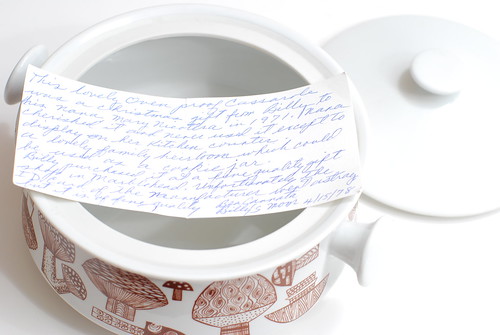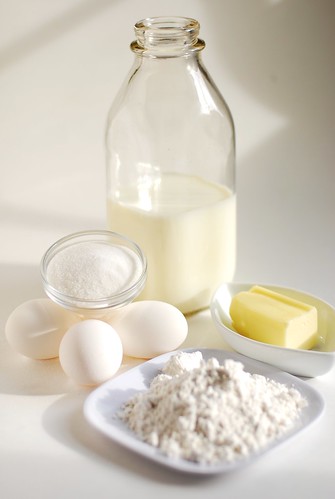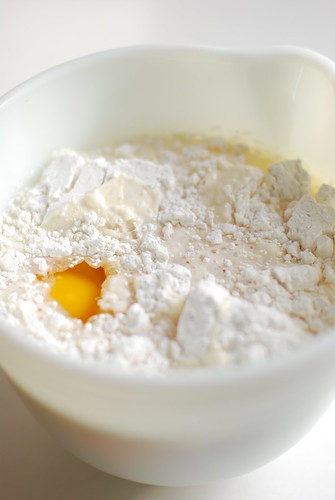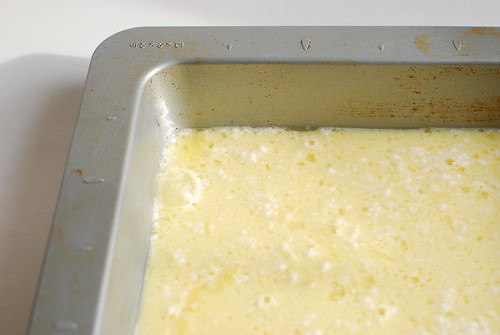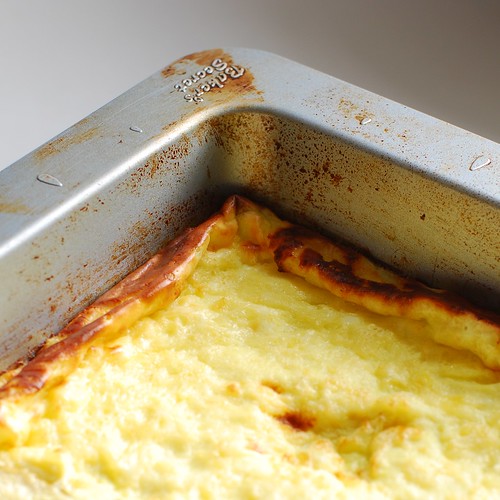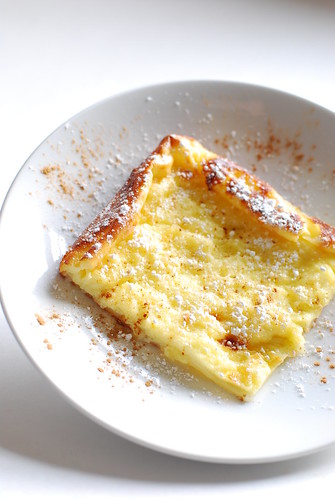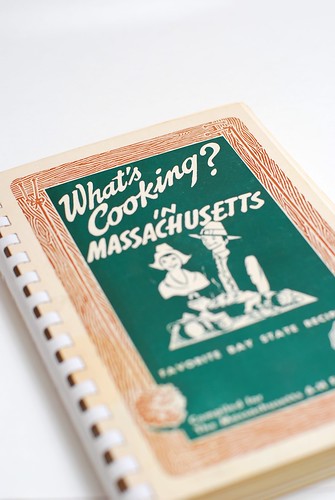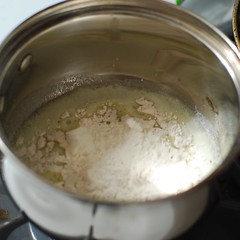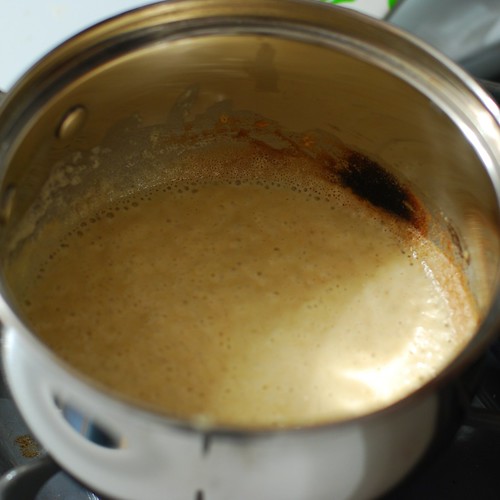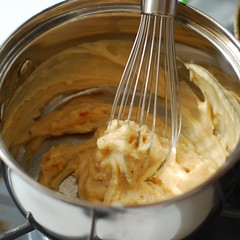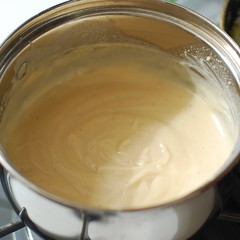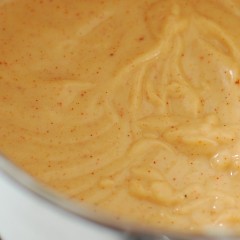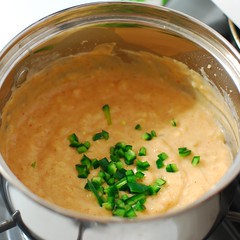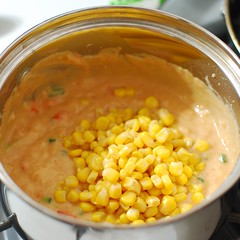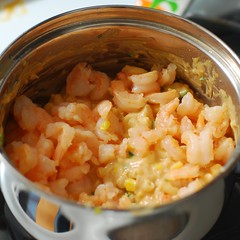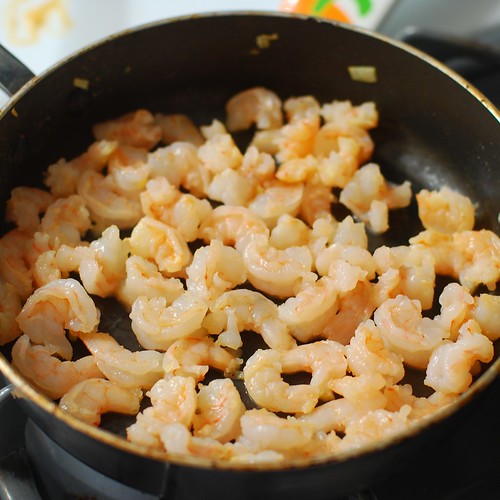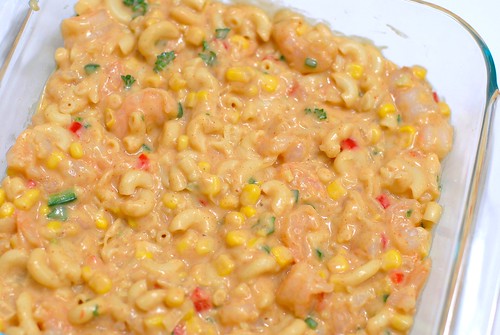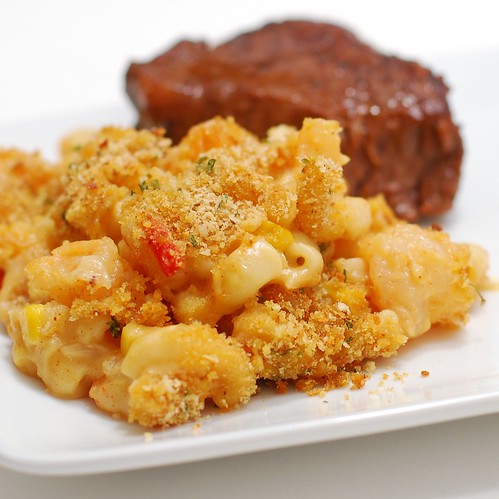recipe: butterscotch-pecan biscuits
Welcome, October! People are already handing out free candy, and won’t stop until next year. And hey, why not? Bikinis are at least nine months away (assuming it stops snowing before May gets here), nothing’s in season except squash, and it’s cold—if we can get the kitchen toasty, hopefully some of the heat will drift into the living room and combat the chill emanating from the ill-conceived window door.
What I’m saying is, “It’s time to start baking again.”
I think the Worcester County Homemakers would agree, so I consulted their 1961 tome.
As per usual, I have an opinion.
It’s true: I do so heart Worcester. I’m just so-so on Abraham Lincoln, whose upper torso I found a bit out of place, but a mere moment of googling uncovered a visit to Worcester on September 12, 1848, earning him permanent fixture in the minds of Worcester housewives, even a hundred years later.
Amid such white trash classics as “Clamburgers” and “Baked Stuffed [with onions, carrots, shortening, day old bread, and evaporated milk] Hot Dogs” I came upon a most enchanting proposal.
Butterscotch! Pecans!! Biscuits!!! Awww, and I bet they’re gonna be so goddamn cute too! Let’s do it. I drag out this clumsy atrocity for its sole function.
I love biscuits, but usually have to resign myself to drop biscuits because I hate kneading, likely because I suck at it. These, however, were extremely manageable, and are my new favorite thing to whip up for no reason.
The biscuits are going just inside muffin pan cups, so scrounge about for whatever cylinder you have about that’s closest to the right size. In this case, I used this promotional wine glass that came free with the only wine tasting I’ve ever attended.
Get a little mis en place going strong…
Now I did follow the recipe for this part. This time. Next time I will not be mixing the butter with the brown sugar because as I quickly discovered it doesn’t exactly make a suspension, and the levels in each cup were . . . variable. But then Math told me the good news: it works out to 2 tsp of melted butter and 2 tsp brown sugar in each cup, making the next part easy.
Just before starting on the dough, set the oven to 425o, cut 2 tsp (2/3 tbsp) into each cup and put it in the oven for a little bit. Keep an eye on that, you want the butter just melted and not sizzling. Once your biscuits are cut and ready, measure a solid 2 tsp of brown sugar into each cup and stir. I like using chopsticks for these kinds of things, and they’re also easy to clean/store.
I also discovered only 38 solid pecan halves after dropping $5, so instead of 5 in each cup, I settled for 3, which arrange much more nicely than I imagine 5 might.
Set biscuits atop each cup and bake for fit-teen minutes.
Now because I stopped to snap that, I really missed out on some delicious butterscotch that cooled onto the pan [that I later scraped out for a midnight snack], so unless you’re f’blogging, pop them out toute de suite. I promise they will not be as syrupy as you expect, but a little bit of parchment will go a long way just in case.
And then eat them. Eat them as soon as they will let you.
Butterscotch-Pecan Biscuits
adapted from Worcester County Homemakers Cook Book (1961, Home Department Advisory Council, Worcester County Extension Service, Worcester, Mass.)
1 stick butter, sliced into 2 tsp (2/3 tbsp) bits
2 cups flour (248g)
1 tbsp baking powder
1 tsp salt
1/3 c cold chopped butter (5 1/3 tbsp)
3/4 c milk
1/2 c packed brown sugar (50g)
36 whole pecan halves (1 c)
Drop 2 tsp butter in each cup of a muffin pan and put into oven as it preheats to 425o. Keep checking as you work on the biscuits, and pull out as soon as it is *just* barely melted; do not let it bubble.
Squizzle flour, baking powder and salt in food processor real quick in lieu of the traditional sifting. If traditional, poor, cheap or have a tiny kitchen, sift into bowl. Cut/pulse in the 1/3 c butter, and once you have coarse pebbles, add milk, work into a ball, and turn onto a floured board. Knead 10-12 times, roll out and cut 12 circles-cum-biscuits (see wine glass notes above).
Your butter should be melted by now, so measure 2 tsp brown sugar into each cup and stir with a chopstick. Plop a biscuit atop each cup, bake 15 minutes.
Flip onto a cutting board covered with parchment immediately upon removal from the oven. Let cool and just try to resist.





